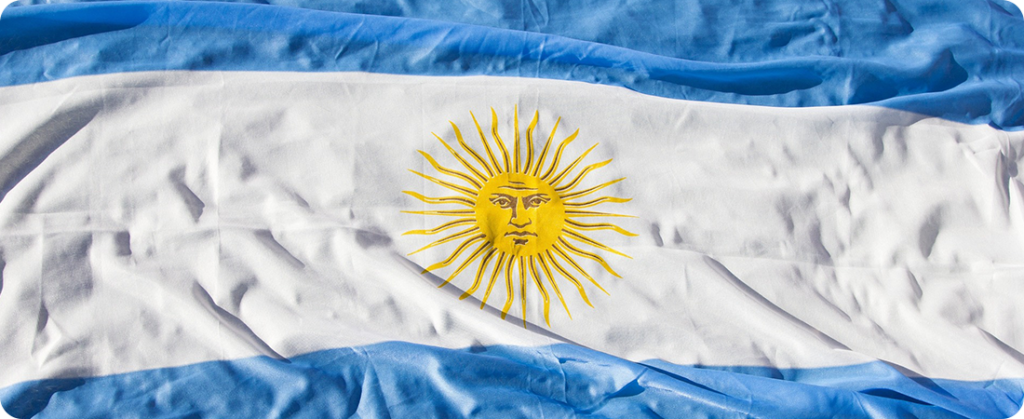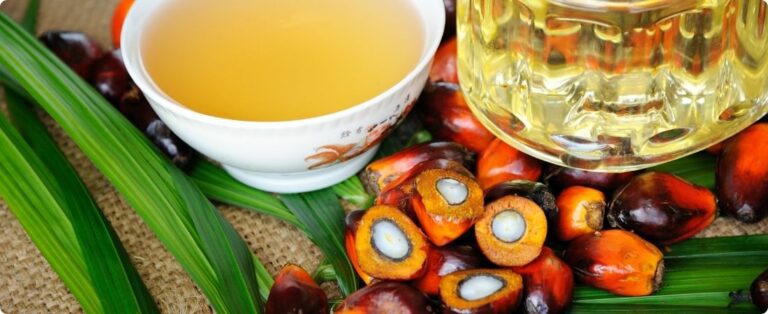
Argentine producers traded 3.6 million tons of soybeans on the domestic market. After all, this has happened since the introduction of the fourth dollar scheme in the country last month. The Rosario Cereal Exchange (BCR) reported this data to AgriCensus.
At the time of reporting on September 26, new trade amounted to 2.4 million tons. Prices set for previous contracts, until September 5th, totaled 1.2 million tons.
The average daily trade is 265,000 tons. The target of 4.5 million tons of soybeans should be achieved, analogous to the government's targeted revenue of US$ 2.5 million from the scheme, Patiño added. Therefore, Javier Preciado Patiño, the analyst, predicts that only 1.2 million tons need to be traded by the end of the reporting week.
In effect until September 30, the program – introduced to boost exports and foreign currency earnings – is unlikely to be extended, according to the report.
Argentina extends 'dollar-soy' program to boost exports and financial transactions
Patiño told AgriCensus that they would not extend the collection of dollars, as they had achieved their goal of collecting dollars before the elections and also because there were not many soybeans left.
The country's presidential elections take place in October and the Minister of Economy, Sérgio Massa, is running for office.
The fourth soybean dollar scheme allowed crushers to freely use 25% of their export earnings in foreign currency, while exchanging the remaining 75% at the official rate of 350 pesos per dollar.
In the first dollar-soy scheme, launched in September 2022, sales reached 13.2 million tons. In the second scheme, starting in December 2022, sales were 5.3 million tons, according to the report.
During the third dollar-soybean scheme, which ran from April to June this year, sales totaled 8.4 million tons.
From September 5th to September 25th, there were a total of 729,355 tons of soybean export license applications (DJVEs). Export orders for soybean oil reached 7,744 tons, while those for soybean meal were 1,350 tons, according to BCR data.
The volumes indicated that, among DJVEs, soybeans had a share of 99.7%. On the other hand, soybean meal and oil had a contribution of just 0.3%, as reported by the exchange.
The report indicates that we have imported 42% of crushed soybeans in Argentina since the beginning of the calendar year.
From January to August, soybean imports totaled 8.17 million tons. According to Patiño, 52% came from Paraguay, while 44% from Brazil.
Source: Oils & Fats International










